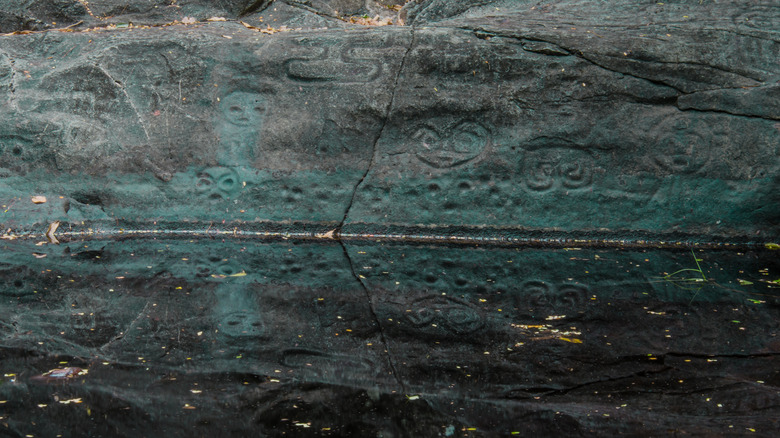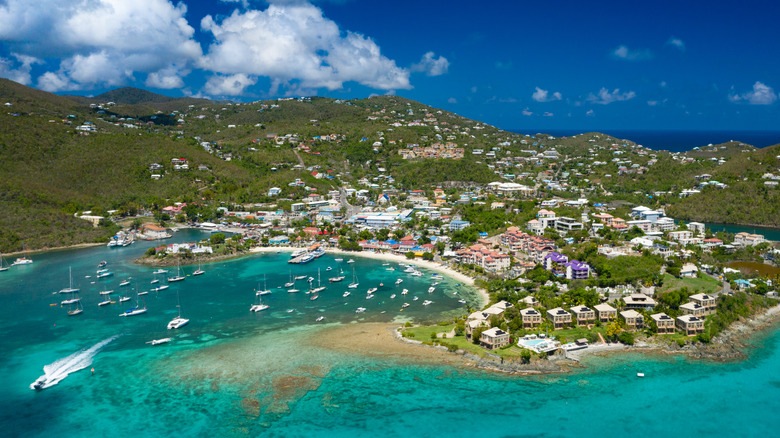Destinations Caribbean
Anna Robinson
The creation of national parks is often called America’s best idea. There are even books and documentaries that use this tagline. Protection for unique landscapes such as those found in Yosemite and Yellowstone began in the mid-1800s. Since then, the United States has grown this list of national parks to include 63 designations. However, not all of these are located in the 50 states that make up the U.S. Not all acres of protected spaces are actually on land either.
The U.S. purchased the Caribbean islands of St. Croix, St. Thomas, and St. John from Denmark in 1917 and renamed them the U.S. Virgin Islands. The islands remain U.S. territories, just like Puerto Rico. A tropical escape may not come to mind when thinking of American national parks, but Virgin Islands National Park makes up over half of St. John and almost just as much of the island’s surrounding waters. This brings the total area of the park close to 13,000 acres of space.
Hike to ancient rock carvings in Reef Bay

Kelly vanDellen/Shutterstock
The Virgin Islands National Park has over 20 hiking trails varying from easy to difficult. Hikes in the Reef Bay region of the park go to ancient rock carvings called petroglyphs. Researchers attribute the petroglyphs to the Taino people, whose civilizations existed from around A.D. 900 to A.D. 1490. These island dwellers were similar to the Mayan and Aztec people of Central and South America. Like the Mayans and Aztecs, the arrival of Columbus proved catastrophic for their culture.
In the ocean surrounding Virgin Islands National Park, divers and snorkelers can find around 50 types of coral and 400 species of fish. Among the more well-known are parrotfish and barracudas. Hawksbill, leatherback, and green sea turtles live near these shores as well. The National Parks Service recommends Watermelon Cay for snorkeling, while Carval Rock and Eagle Shoal are more suited for advanced divers. The latter of these is located near the Virgin Islands Coral Reef National Monument at the southeastern tip of St. John.
Take a snorkeling or diving tour from Cruz Bay

Cdwheatley/Getty Images
Low Key Water Sports departs from Virgin Island National Park’s neighboring town of Cruz Bay. They allow you to choose the location of your dive or opt for one of their ready-made tour packages. Visitors of any level of experience can book dive or snorkeling tours with Low Key Water Sports. In the interest of protecting the vulnerable habitats of endangered wildlife on land and in the sea, Low Key Water Sports also offers what they call eco courses to help educate divers on conservation.
Virgin Islands National Park is one of the least visited national parks in the United States, which means fewer crowds. However, this does not mean that a trip to the park is difficult. Airports in the U.S. Virgin Islands are only on St. Croix and St. Thomas, but ferries leave from Red Hook on St. Thomas to Cruz Bay hourly. As a U.S. territory, those with U.S. citizenship do not need a passport to visit the U.S. Virgin Islands. They also use U.S. dollars and speak English or Spanish. A significant difference to keep in mind is that islanders drive on the left side of the road.

